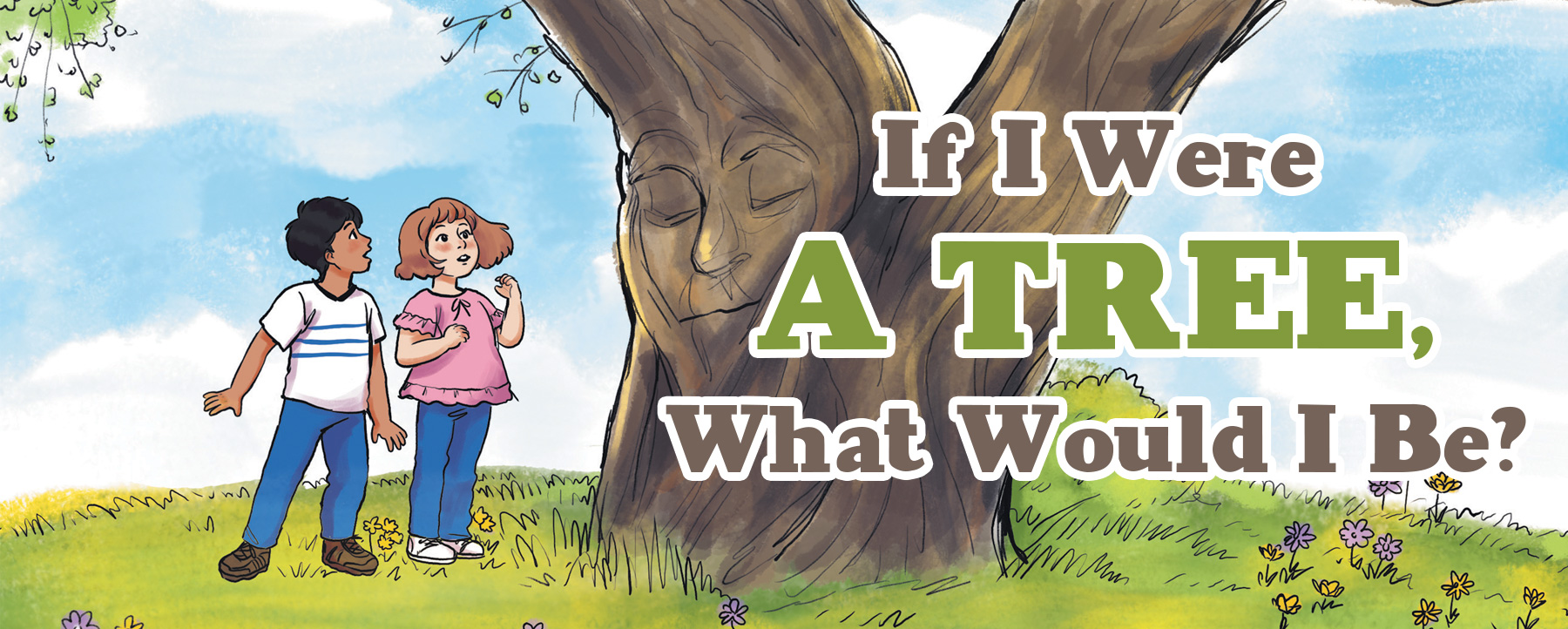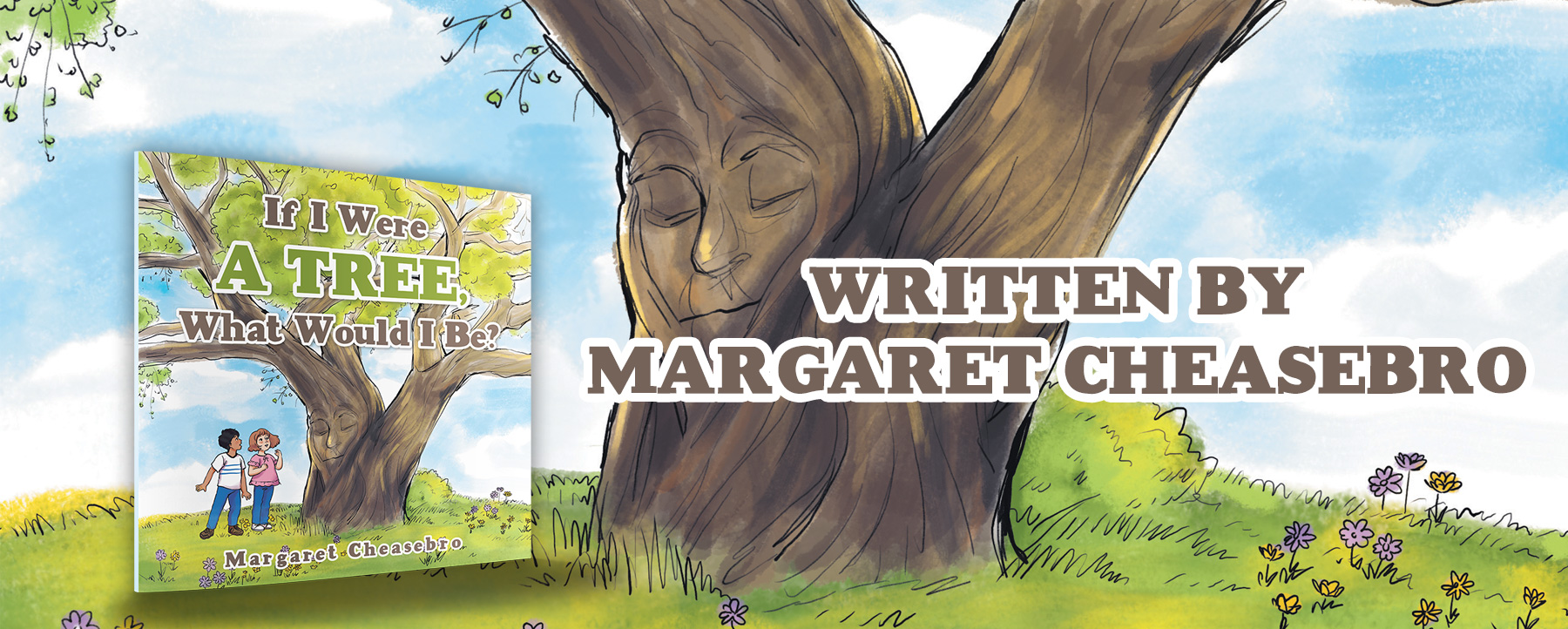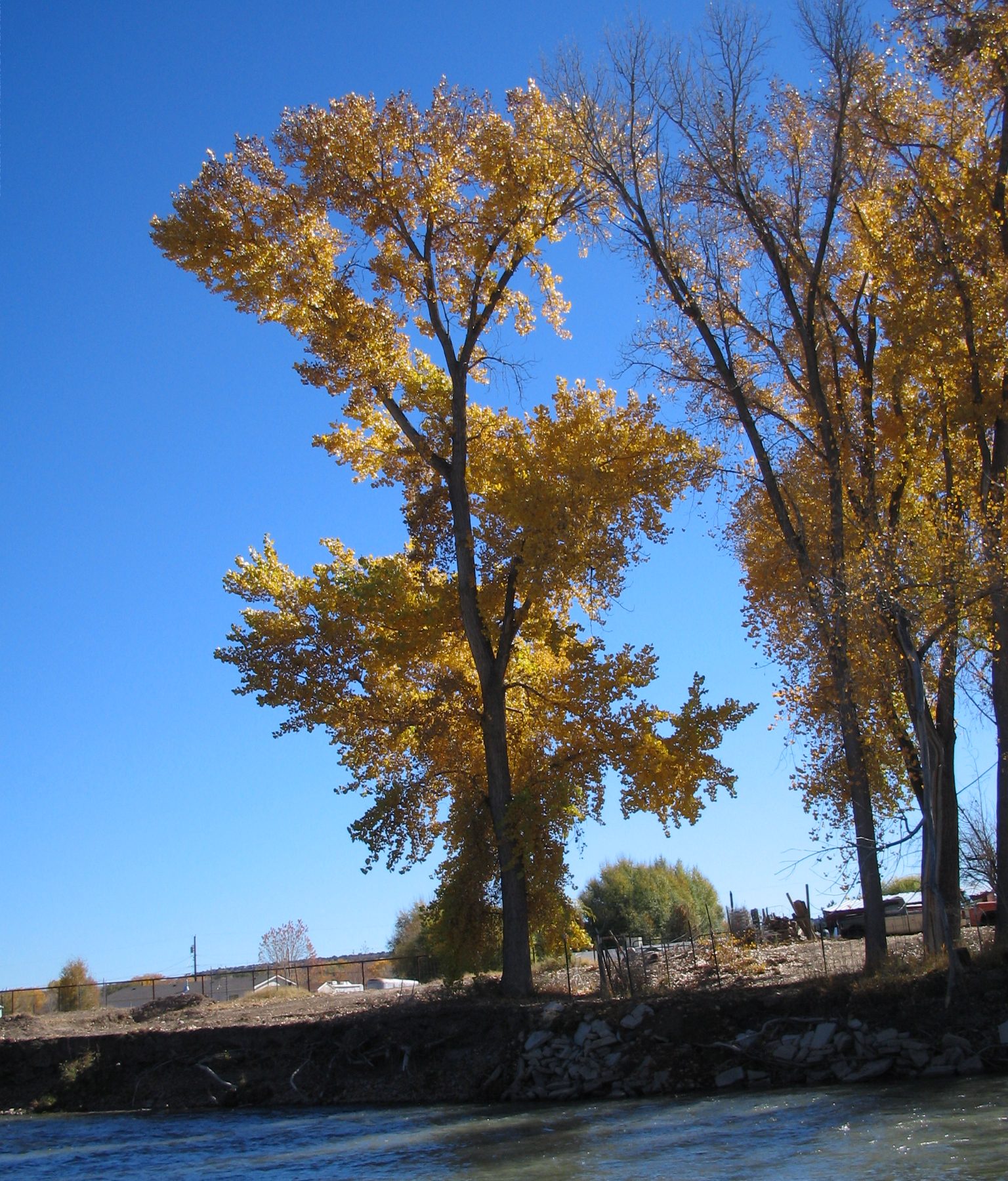 When you take a walk with your child or children someplace where there are several trees, encourage your children to be especially aware of those trees. Notice their color, their shape, their beauty, their individuality. But notice more than that.
When you take a walk with your child or children someplace where there are several trees, encourage your children to be especially aware of those trees. Notice their color, their shape, their beauty, their individuality. But notice more than that.
This kind of noticing might seem a little weird, woo-woo, or even spooky. But it seems quite natural if you recognize that trees are living parts of nature. They have their own likes, dislikes, fears and delights. And, beyond that, some of them want to connect with us.
Children who were born from the 1980s on through today often have a greater understanding of that. For some of them it seems quite natural that, as they walk among trees, they sense a need or a message from the tree. If children trust you enough, they might risk telling you what they experienced. “Mom, that tree likes me.” “Dad, that tree is thirsty.”
When a child tells you something like that, honor the trust the child placed in you. Don’t say, “You have a big imagination,” or “Don’t make up stories like that.” Say something encouraging, such as, “Sounds like that tree wants to be your friend,” or “Let’s get it some water.”
P.M.H. Atwater, L.H.D., has written many books about an evolution we are witnessing in the changes in consciousness and brain function of kids that have come into the world in the last 40 years or so. In her book published in 2012, Children of the Fifth World: A Guide to the Coming Changes in Human Consciousness, she discusses some of the characteristics of these children. “The ‘new’ kids really are not new,” she wrote. “Every renaissance the world has ever known saw clusters of them. … You can always recognize when this particular profile of characteristics infuses the newly born and overshadows their maturity. Not only do they challenge the norm; they transform entire social, political, and financial structures in ways not seen before, always pushing for more inclusive, open, and freer lifestyles. And they are decidedly reckless and provocative. … Floodgates didn’t open wide, though until around 1982, when surge after surge of these children were born. That surge has not abated, nor will it. The new children are here to stay.”
If you have a child who responds to nature in a way that seems more open or unusual, perhaps you are the parent, friend, teacher or relative of one of these “new” children. If they tell you they can hear trees with their hearts, be open to the possibility that this might be true. Your acceptance of what they say will help them develop their abilities, not doubt or hide them. When trees share messages with wise and open children, thoughts, ideas and revolutionary concepts may be born.
So the next time you walk with children among trees, be open to what those children tell you about experiences they’re having in the moment. They might even share some nugget of wisdom from a tree that touches your heart in a way you needed right then.



